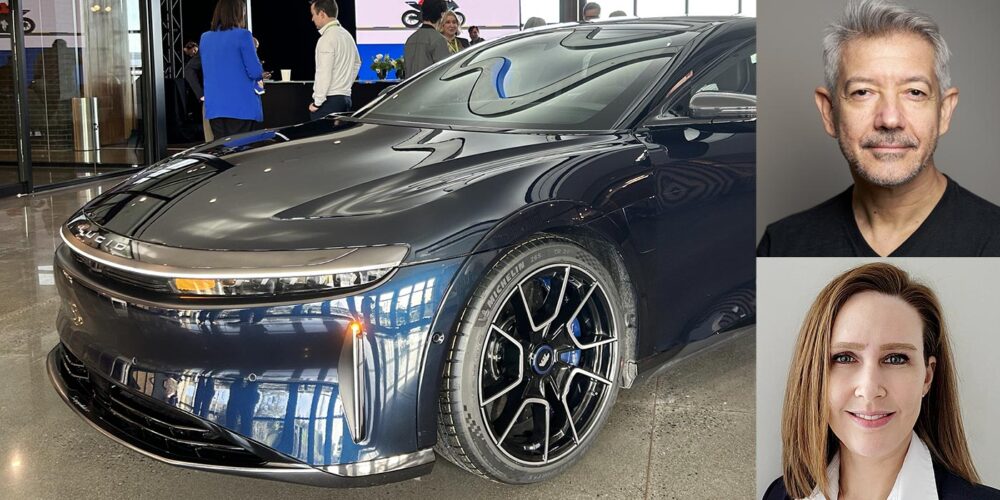The parking or emergency brake has to perform two distinct jobs. First, it has to hold the vehicle on an incline. Second, it must be able to stop a vehicle in under a specific distance if the hydraulic brakes have failed. What components should you look at when you’re adjusting the parking brake? Let’s find out in this Tire Review Continental Tire Garage Studio video.
When servicing a parking brake or emergency brake, pay special attention to the brake cables, self-adjusting pedals and levels and equalizing links.
Most modern brake cables have an inner wire that is made of stainless steel and is surrounded by an outer nylon sheath. Some cables have a dry lubricant inside to prevent binding. If you are inspecting brake cables, make sure all of the grommets and boots are in place. Parking brake cables can stretch over time, which creates slack that increases lever or pedal travel. If all the adjustments are maxed out, the cable should be replaced.
Some vehicles will have a self-adjusting parking brake that adjusts at the brake pedal. This self-adjustment controls the length of the cable that travels from the foot pedal under the dash to the equalizer bar. This is designed to keep the parking brake pedal travel the same during the entire life of the shoes. If any work is done to the parking brake at the wheels, adjustment is required.
On most vehicles, the left and right parking brake cables come together and are attached to a lever linkage called an “equalizer” yoke under the vehicle. The equalizer yoke balances, or equalizes, the amount of force that is applied to both cables when the parking brake is engaged. The equalizer linkage is connected to a single cable that runs to the parking brake lever or pedal. An adjustment screw may be located on the front cable where it connects to the equalizer, or where the cable attaches to the parking brake lever.
Don’t forget to follow us on Instagram and Facebook and subscribe to our YouTube channel for more tire, service and shop operations videos.













